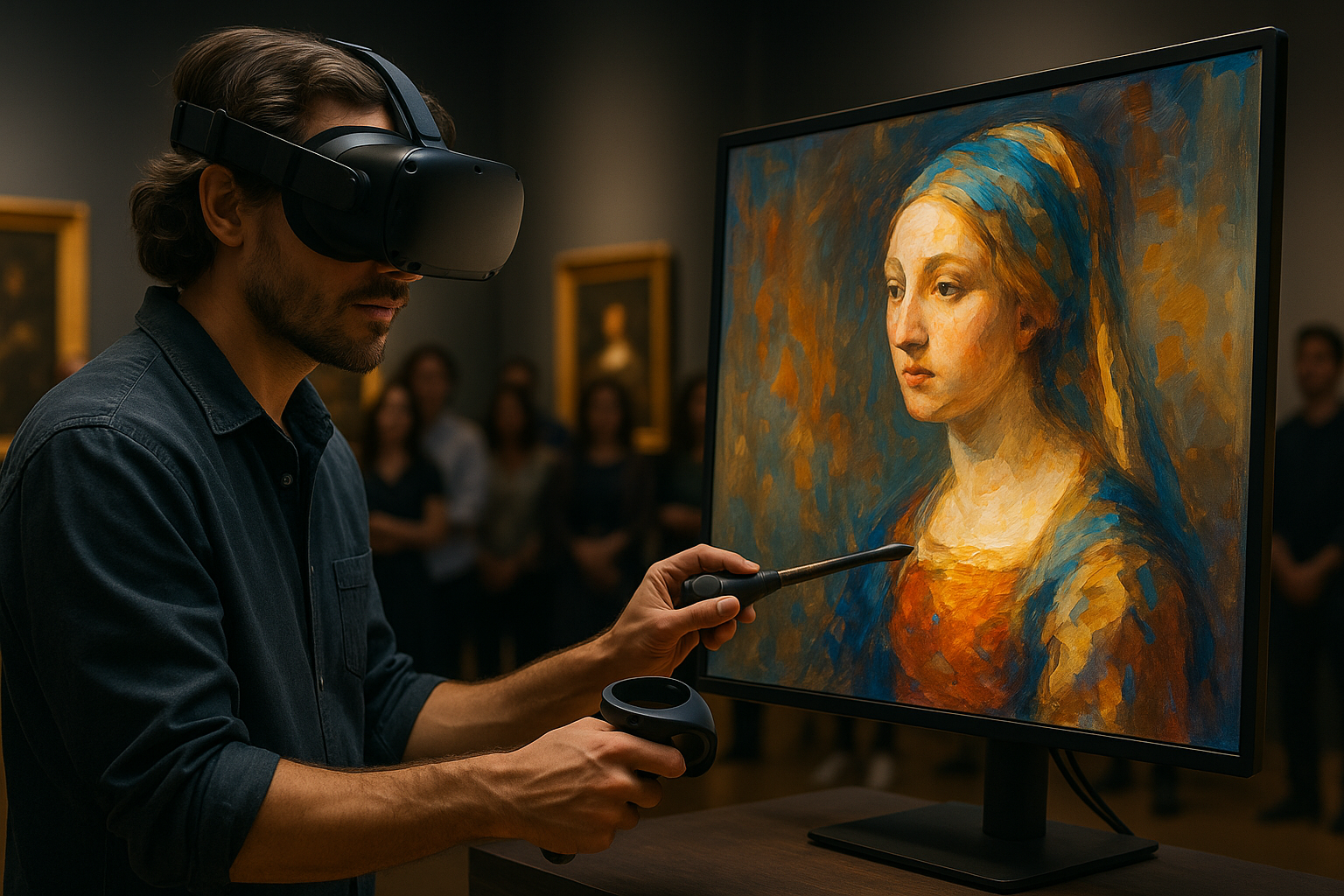Hybrid Festivals: Balancing Live And Online Experiences
Hybrid festivals combine live, in-person events with online programming to broaden access, diversify revenue streams, and experiment with format. For organizers, artists, and venues, the hybrid model presents both practical challenges and opportunities in curation, audience engagement, technical delivery, and sustainability. This article outlines practical approaches to designing hybrid festivals that serve diverse audiences worldwide.

Hybrid festivals are evolving models that merge live events with virtual offerings, requiring rethought curation, technology, and audience relationships. Organizers must design experiences that make sense both in a physical venue and through streaming platforms, while protecting the integrity of performance, gallery, and exhibition work. Successful hybrids prioritize adaptable programming, clear communication, and logistics that support touring artists, residency schedules, and local outreach efforts. Attention to accessibility and sustainability also shapes long-term viability and audience trust.
How can performance and streaming coexist?
Performance and streaming can be complementary when choices about intimacy, staging, and camera work are deliberate. Live performances rely on shared presence and acoustics, while streaming favors close-up framing, timed edits, and subtitles. Producers should plan versions keyed to each format rather than simply broadcasting a stage show. Consider two-track rehearsals, dedicated camera direction, and rights clearance for recorded material. Tech rehearsals that include lighting and sound mixing for broadcast help preserve artistic intent. Clear ticketing—separate access for live seats and virtual viewing—reduces confusion and ensures proper compensation for artists.
What does hybrid theatre programming look like?
Hybrid theatre programming weaves live shows, filmed scenes, panel discussions, and interactive digital moments into a coherent schedule. Programming should offer layered entry points: an in-person scene that culminates in a live Q&A streamed globally, or a digital-only short commissioned to expand thematic reach. Scheduling must consider time zones and provide on-demand windows for recorded content. Partnerships with community organizations and local venues can anchor touring and residency plans, giving artists sustained time to experiment with hybrid formats and deepen audience engagement through both in-person workshops and streamed masterclasses.
How can gallery exhibitions translate online?
Gallery and exhibition formats benefit from thoughtful digital mediation: high-resolution imagery, 360-degree walkthroughs, curator-led video tours, and contextual essays can extend reach. But online presentations need to respect scale, texture, and the pacing of physical viewing. Hybrid exhibitions often include timed live tours, artist talks, and augmented documentation that complements gallery visits. Metadata, captions, and multilingual guides improve discoverability and accessibility. Carefully designed online catalogues can also support programming around residencies and touring exhibitions, enabling curators to connect institutions and audiences across regions.
How can festivals balance venues, touring, and residencies?
Balancing venues, touring schedules, and residencies requires logistical coordination and flexible programming windows. Festivals can stagger live performances across multiple venues while batching recorded content for global streaming, allowing touring artists to maximize visibility. Residencies become laboratories for hybrid work creation—artists can develop pieces that adapt to venue constraints and to broadcasting needs. Contracts should address rights for recorded work, residuals for streamed performances, and technical rider expectations. Local partnerships help solve venue capacity limits while creating in-person nodes that anchor a festival’s dispersed audience.
How can curators use streaming to reach audiences and support curation?
Streaming extends curatorial narratives beyond a single space and time. Curators can sequence online programs—talks, archival clips, commissioned shorts—that contextualize live exhibitions and festival strands. Interactive tools like live chats, moderated Q&A, and virtual breakout sessions enable outreach and deepen engagement, especially when paired with community translation or accessibility services. Data from streaming platforms offers insights into viewing patterns and demographics, informing future programming choices while respecting privacy and ethical data use. Thoughtful curation considers both the ephemeral quality of live events and the longevity of recorded material.
How does sustainability shape hybrid outreach and programming?
Sustainability influences decisions on travel, venue energy use, and digital infrastructure. Hybrid models can reduce carbon footprints by limiting unnecessary travel, but increased streaming has its own energy costs; choosing efficient codecs, local servers, and optimized scheduling mitigates impact. Programming that pairs regional live hubs with shared digital content can support touring artists while minimizing long-distance movement. Grants and funders are increasingly prioritizing sustainable practices, making clear reporting on outreach, residency logistics, and production choices an important part of festival planning.
Hybrid festivals are not a one-size-fits-all solution; they are design choices that should reflect artistic aims, audience needs, and practical limits. Thoughtful integration of performance, theatre, gallery, and exhibition elements—supported by clear rights arrangements, accessible streaming, and sustainable logistics—can create resilient events that serve local communities and global audiences simultaneously. Over time, iterative feedback from participants, reliable technical investment, and intentional curation will refine how hybrid festivals balance live and online experiences across different contexts.





